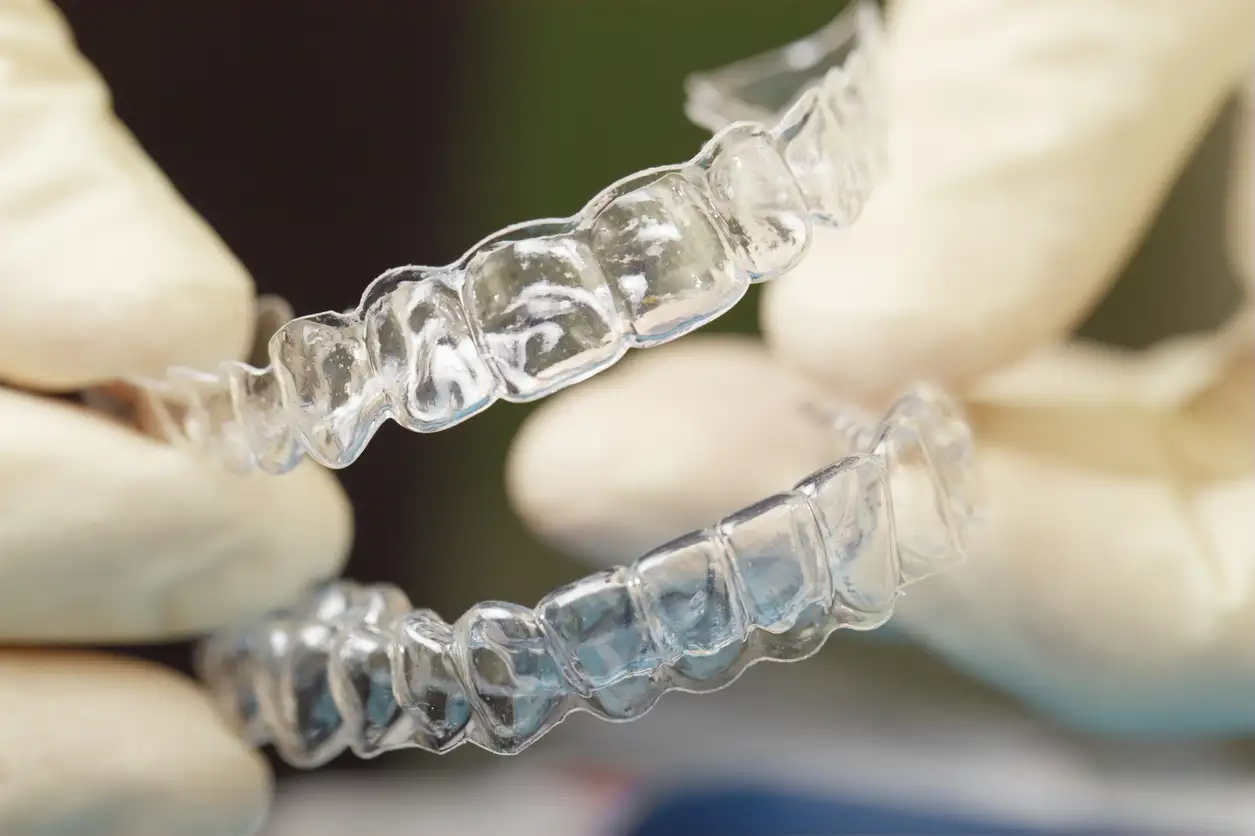Invisible Teeth Aligners: A Clear Path to a Straighter Smile
Invisible teeth aligners have revolutionized orthodontic treatment, offering a discreet and comfortable alternative to traditional braces. These clear, removable trays gradually shift teeth into their desired positions, providing a nearly invisible solution for adults and teens seeking to enhance their smiles. As the demand for aesthetic orthodontic options grows, transparent dental aligners have become increasingly popular, combining effective teeth correction with the convenience of a virtually undetectable treatment method.

What are invisible teeth aligners and how do they work?
Invisible teeth aligners, also known as clear orthodontic aligners, are custom-made, transparent plastic trays designed to fit snugly over your teeth. These aligners work by applying gentle, consistent pressure to gradually move teeth into their desired positions. Unlike traditional braces, which use metal brackets and wires, clear aligners are removable and nearly invisible when worn.
The treatment process typically begins with a 3D scan or impression of your teeth, which is used to create a series of custom aligners. Each set of aligners is worn for about two weeks before moving on to the next set in the series. As you progress through the treatment, your teeth gradually shift into their new positions, resulting in a straighter, more aligned smile.
What are the advantages of choosing transparent dental aligners?
Transparent dental aligners offer several benefits over traditional orthodontic treatments:
-
Aesthetics: The clear, virtually invisible nature of the aligners allows you to straighten your teeth without drawing attention to your treatment.
-
Comfort: The smooth plastic material of the aligners is generally more comfortable than metal braces, reducing the risk of irritation to your cheeks and gums.
-
Removability: Unlike fixed braces, you can remove your aligners for eating, drinking, and maintaining oral hygiene.
-
Easier cleaning: The ability to remove aligners makes it simpler to brush and floss your teeth effectively during treatment.
-
Fewer dietary restrictions: Since you remove the aligners while eating, you don’t have to avoid certain foods that could damage traditional braces.
Are clear orthodontic aligners suitable for everyone?
While clear orthodontic aligners are an excellent option for many people, they may not be suitable for everyone. Generally, invisible aligners are most effective for mild to moderate orthodontic issues, such as:
-
Crowded teeth
-
Gaps between teeth
-
Mild to moderate overbites or underbites
-
Crooked teeth
However, more complex cases or severe misalignments may require traditional braces or other orthodontic treatments. Additionally, clear aligners require a high level of compliance, as they need to be worn for 20-22 hours per day to be effective. Patients who may struggle with consistently wearing their aligners might be better suited to fixed orthodontic options.
How long does treatment with invisible aligners typically take?
The duration of treatment with invisible aligners varies depending on the complexity of the case and the individual’s response to treatment. On average, treatment can last anywhere from 6 to 18 months. However, some minor corrections may be completed in as little as 3 months, while more complex cases could take up to 24 months.
It’s important to note that the effectiveness of the treatment largely depends on patient compliance. Wearing the aligners as directed by your orthodontist or dentist is crucial for achieving the desired results within the estimated timeframe.
What should you expect during the invisible aligner treatment process?
The invisible aligner treatment process typically involves the following steps:
-
Initial consultation: Your dentist or orthodontist will examine your teeth and determine if you’re a good candidate for clear aligners.
-
Treatment planning: If suitable, a 3D scan or impression of your teeth will be taken to create a customized treatment plan.
-
Aligner fabrication: Based on your treatment plan, a series of custom aligners will be created specifically for your teeth.
-
Aligner wear: You’ll receive several sets of aligners and instructions on when to switch to the next set (usually every 1-2 weeks).
-
Regular check-ups: Periodic appointments with your provider will ensure your treatment is progressing as planned.
-
Refinements: If necessary, additional aligners may be provided to achieve the desired results.
-
Retention: After completing treatment, you’ll likely need to wear a retainer to maintain your new smile.
How much do invisible teeth aligners cost, and are they covered by insurance?
The cost of invisible teeth aligners can vary depending on the complexity of your case, the duration of treatment, and the specific brand of aligners used. On average, treatment with invisible aligners in the United States can range from $3,000 to $8,000. However, some cases may fall outside this range.
Many dental insurance plans now offer coverage for invisible aligners, similar to their coverage for traditional braces. The amount of coverage can vary widely, so it’s essential to check with your insurance provider for specific details.
Here’s a comparison of some popular invisible aligner brands and their average costs:
| Brand | Provider Type | Average Cost Range | Treatment Duration |
|---|---|---|---|
| Invisalign | In-office | $3,000 - $8,000 | 12-18 months |
| ClearCorrect | In-office | $2,500 - $5,500 | 12-18 months |
| Smile Direct Club | At-home | $1,950 - $2,386 | 4-6 months |
| Candid | Hybrid | $3,300 - $5,500 | 6-11 months |
| Byte | At-home | $1,895 - $2,295 | 3-6 months |
Prices, rates, or cost estimates mentioned in this article are based on the latest available information but may change over time. Independent research is advised before making financial decisions.
In conclusion, invisible teeth aligners offer a modern, aesthetically pleasing approach to orthodontic treatment. Their comfort, convenience, and nearly invisible appearance make them an attractive option for many adults and teens seeking to improve their smiles. While not suitable for every case, clear aligners have proven effective for a wide range of orthodontic issues, providing a viable alternative to traditional braces for many patients.
This article is for informational purposes only and should not be considered medical advice. Please consult a qualified healthcare professional for personalized guidance and treatment.
The shared information of this article is up-to-date as of the publishing date. For more up-to-date information, please conduct your own research.




